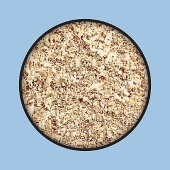posted 2 years ago
Yes. That is, most definitely, a good starting brooder that should do well for your 9 chicks for the first two weeks of their lives.
The plastic is easy to clean and you can line the bottom with paper towels or old towels - something that isn't wood shavings, doesn't have tiny "looks like edible" bits, and/or snags their feet. Trust me on this. Paper towels if you still have some. Something absorbent and fabric without a lot of pile if you have moved away from paper. I've used old terry cloth that no longer had pile worth mentioning, old linen (could be boiled later), and a layer made up of old washcloths- the ones that come in "value packs".
Once they are past the first few days - Day one - feed on the floor, just a pinch. Put it on top of your bedding choice. Stick their beaks in the water - you don't *have* to, but everyone says you should. I have watched them and they learn from watching each other. Make sure they know where you put the water and food containers.
Watch them to see what they need. If they're peeping, they have a question and you get to play "Guess What the Chicks Need". Make sure they have water. Check to see if someone's stuck somewhere. Make sure they have food they can reach and that they can eat. Don't kiss them. Wash your hands before and after playing with them. Try to keep their bedding as dry as possible.
If you can, GrowGel (tm) is fun to make up (it's a green powder you add water to and swells up into a fun green gel that is full of vitamins and minerals and is perfect for chicks. I also use QuickChick (also tm) which is a concentrated powder that lasts forever and is added to water. Make it dilute, half strength, and supercharge the peepers. Or use a little sugar, Apple Cider Vinegar, and give them a cooked apple to peck at. Really, their first meal should be a bit of something fun, something they can walk all over, and they should have stuff to help them recover from stress. There are lots of options.
You've covered the basics and they will be safe. Make sure they have light during a reasonable day span. They are diurnal critters but all babies are babies and chicks will fall asleep quickly and in odd positions. It's normal to have them fall asleep on their feet so their beak forma a tripod. It's normal for them to sprawl out in a "Superman" position and be flat. As long as they still breathe, they're just asleep.
Train your dog from the very beginning. Train the chicks while you train your dog. Use whatever techniques work for your relationship. This is amazingly important and don't stop just because it's hard or ... Bad Things Happen. (Not a tm, but as good as one.)
You can add a feather duster, if you can find one, or make something out of craft feathers. They will play with it. It's supposed to make them think of a Momma Hen, but I haven't tried that particular thing. There are some people who have a length of feathers they fasten around the warmer plate. I don't have one (a warmer plate) but have heard wonderful things.
The chicks will jump. They climb and hop and will get everywhere and poop on everything. This is normal.
After the first week or so, once they aren't as likely to eat things just because they look edible, you can put wood shavings, sand, pine pellets, whatever bedding you'd like to use. Or mix it up. Whatever. It's all good.
The first couple of days are the scary ones. Once you get past the first week or so, they get a lot more resilient and you'll have more confidence. They'll be adorable little peepers and you can spoil them rotten.
Have fun and enjoy! You will need to move them into a larger container, or build another and split them up as they get bigger. I've used a long 125 gal tote for as many as 12 chicks, but it's getting pretty crowded by the time they're ready to go out. More space is better, and letting them have some running around time in a supervised and secure area is always fun for everyone, as long as you can watch over them. Any time they aren't pooping in their tote is good time.
You got this! It's a huge step and a fun one!
There is nothing so bad that politics cannot make it worse. - Thomas Sowell
Everything that is really great and inspiring is created by the individual who can labor in freedom. - Albert Einstein


 6
6




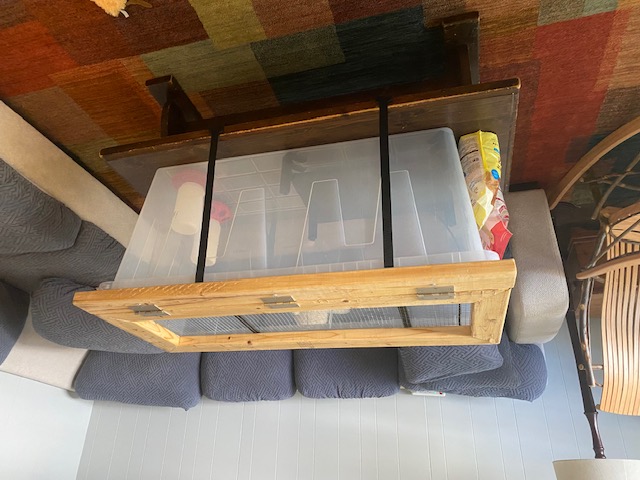
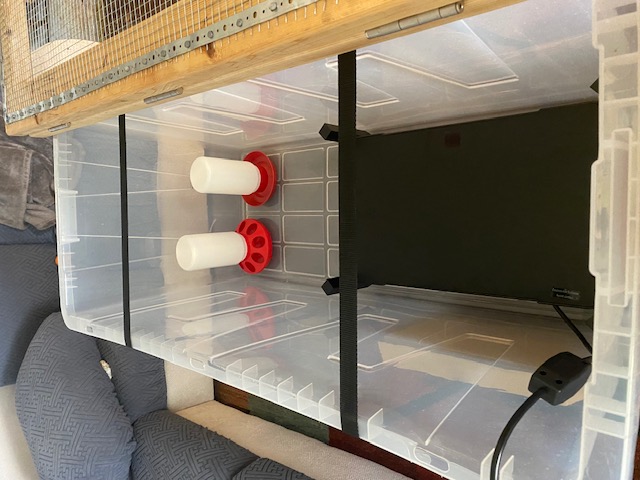
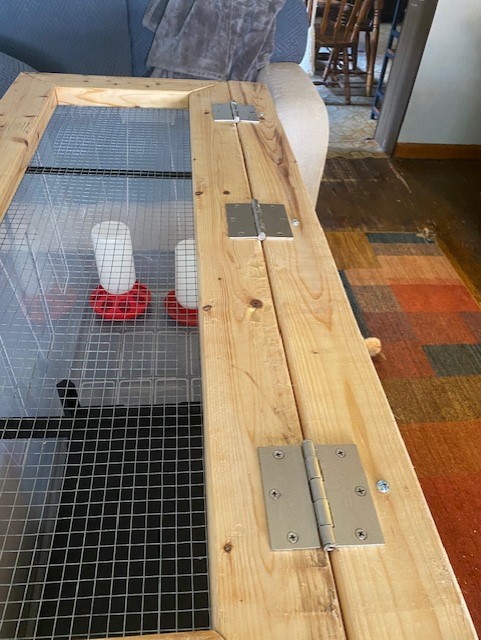
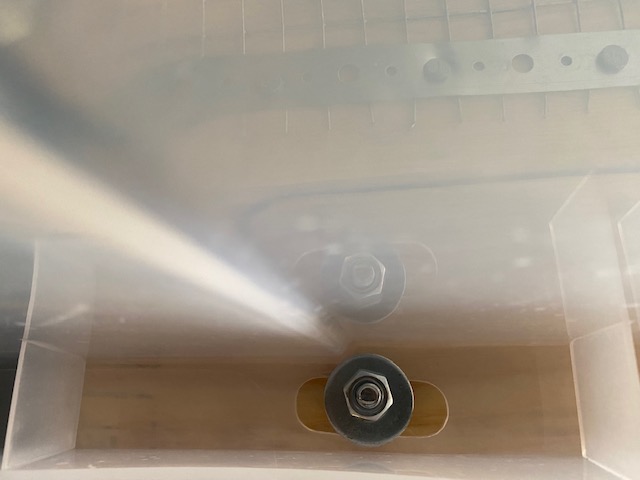

 6
6




 6
6




 5
5
















 1
1







